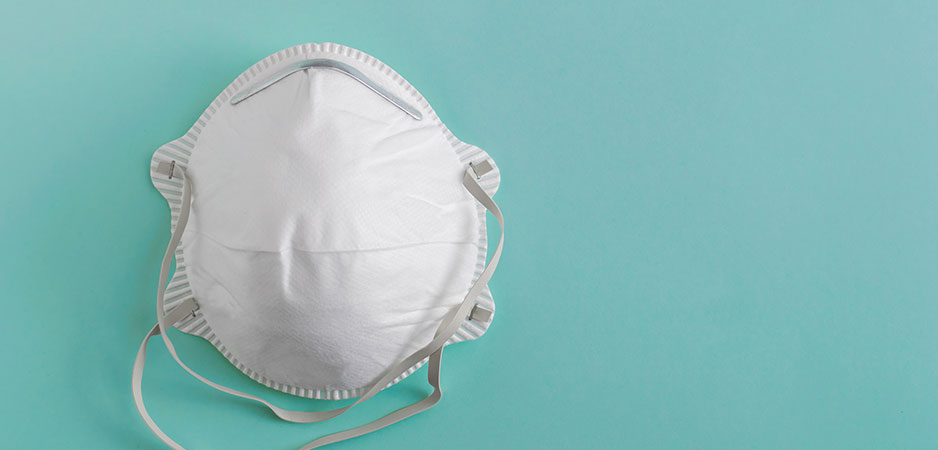In East Asia, face masks are accessories akin to hats and scarves, a civilian, not a medical, accessory. People wear them for a variety of reasons: the smog, the cold, the sun, hay fever, unruly acne or to send a message usually transmitted via earbuds in North America: Don’t talk to me unless absolutely necessary.
This perspective stems from both the region’s population density, history with communicable diseases and cultural similarities shared between its countries. It also helps explain why East Asian diaspora communities began wearing face masks long before the practice became commonplace or required by law around the globe.
Should We All Have Been Wearing Masks From the Start?
In East Asia, where population density tends to be high, the risk of contagion is generally understood by the population to be higher as well. In metropolitan areas where the majority of the workforce travels by public transportation rather than personal vehicles, commuters guard against the constant possibility of falling sick. People begin wearing masks whenever there are reports of a seasonal spike and stop doing so once the rates of infection have gone down.
The 2002-03 SARS contagion and the 2009 H1N1 outbreak also help explain the public’s receptivity to masks. Countries in East Asia had faced mask shortages during both crises, which prompted families to keep medical and cloth masks at home as part of their first-aid kit.
Beyond disease prevention, masks are also worn widely in East Asia for cultural and everyday sanitary reasons. Some people wear masks to hide skin problems or to block out the sun. Scooter commuters wear masks to protect themselves against car exhausts. Street vendors wear masks while preparing food. And healthy elders often wear masks when they go for a routine medical check-up to avoid catching an actual disease due to their weakened immune system.
Given these historical, cultural and practical reasons behind wearing masks, the practice is widespread and does not incite alarm. When an individual in East Asia wears a mask in public, he or she is not automatically presumed sick. There is much less stigma attached to masks.
Outside of East Asia, however, this mentality does not exist in mainstream culture. In Europe and North America, there are two groups of professionals who regularly wear masks: doctors and housekeeping staff. In the first group, masks are associated with contact with sick individuals, and in the second, masks enforce a uniform, nameless identity. Other reasons for wearing frontal face coverings are based in religion or the desire to conceal identity, all of which also attract stigma.
These reasons explain why the general public outside of East Asia was initially reluctant to wear face masks. In the US in particular, individuals resisting wearing a mask cite infringements on personal freedom. Many public officials refuse to wear masks even when it is not their turn to speak in a televised press conference as they see wearing a mask as a vote of no confidence in containment measures rather than adherence to good practice. Those who make a point to wear masks during news updates acknowledge that people are not used to seeing faces being covered.
When news of the novel coronavirus started to spread around the world, East Asians who live outside of the region brought their perspectives with them and began wearing masks long before everyone else. In other words, they continued to see masks as a part of disease containment that would not be made redundant even by a sound institutional response. While everyone wears masks for self-protection, East Asians consider the practice a sign of consideration for the nameless people they come in touch with. Sadly, many of them faced hate crimes for wearing masks, likely as a result of being associated with recent travel to China.
Wearing masks has become accepted in East Asia because the region has seen and adapted itself to contagion on multiple occasions, and East Asians have carried this acceptance with them as they spread around the world. Their early reaction has regrettably not spread to mainstream society, but perhaps after COVID-19, it will.
*[Young Professionals in Foreign Policy is a partner institution of Fair Observer.]
The views expressed in this article are the author’s own and do not necessarily reflect Fair Observer’s editorial policy.
Support Fair Observer
We rely on your support for our independence, diversity and quality.
For more than 10 years, Fair Observer has been free, fair and independent. No billionaire owns us, no advertisers control us. We are a reader-supported nonprofit. Unlike many other publications, we keep our content free for readers regardless of where they live or whether they can afford to pay. We have no paywalls and no ads.
In the post-truth era of fake news, echo chambers and filter bubbles, we publish a plurality of perspectives from around the world. Anyone can publish with us, but everyone goes through a rigorous editorial process. So, you get fact-checked, well-reasoned content instead of noise.
We publish 2,500+ voices from 90+ countries. We also conduct education and training programs
on subjects ranging from digital media and journalism to writing and critical thinking. This
doesn’t come cheap. Servers, editors, trainers and web developers cost
money.
Please consider supporting us on a regular basis as a recurring donor or a
sustaining member.
Will you support FO’s journalism?
We rely on your support for our independence, diversity and quality.



